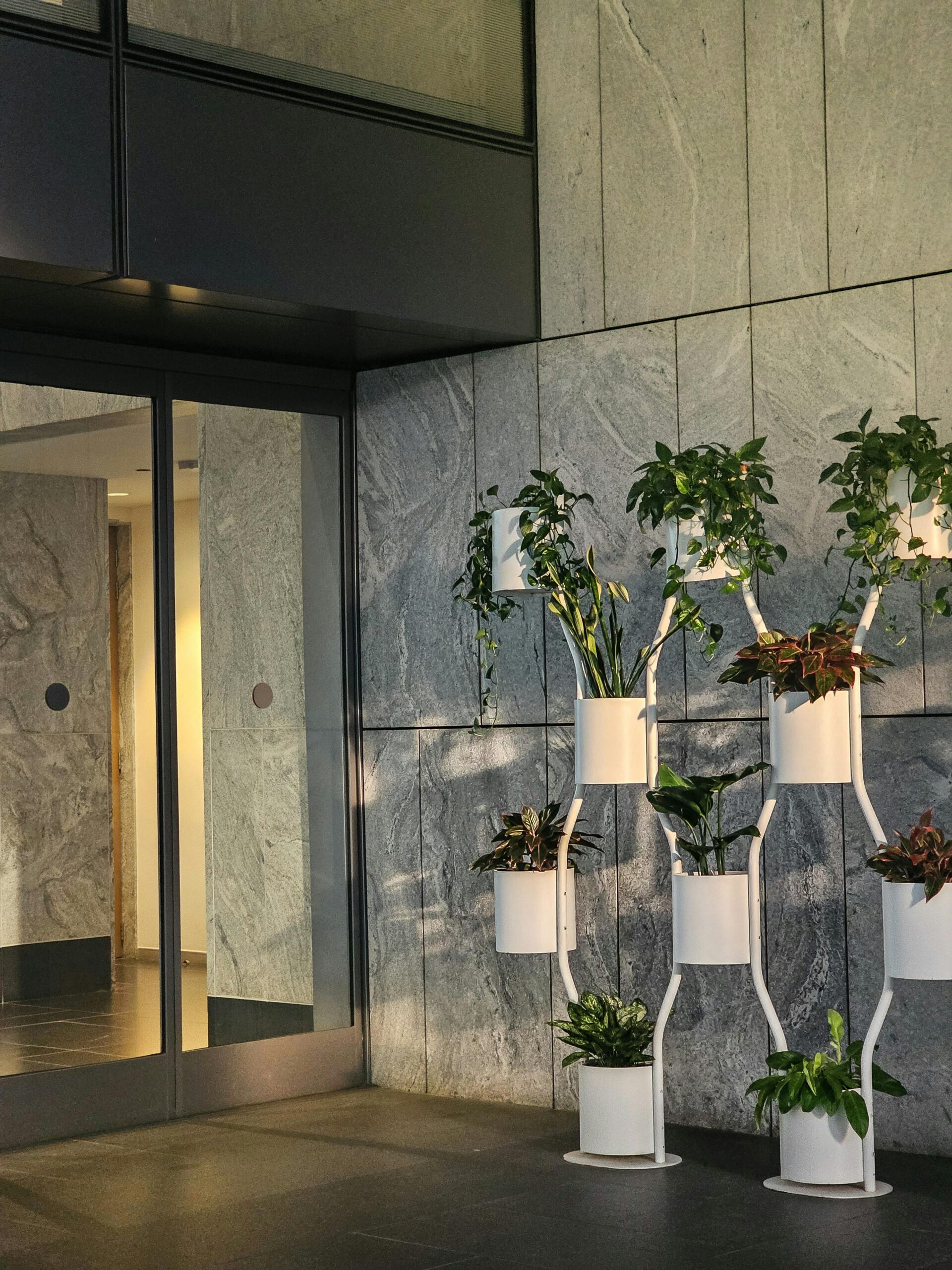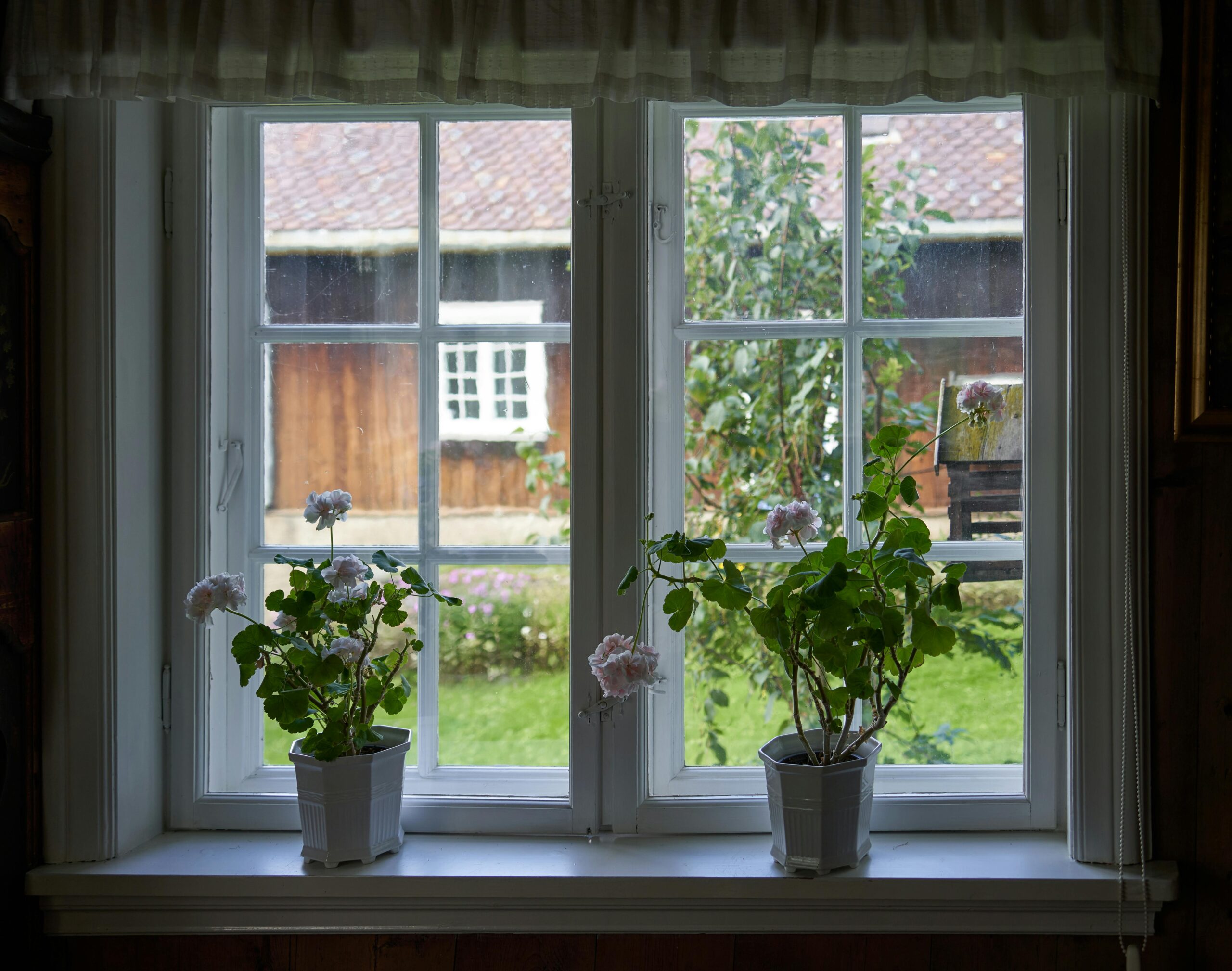Looking to transform your limited outdoor area into a lush sanctuary? Vertical gardens and living walls offer innovative small yard green solutions that maximize greenery without consuming precious floor space. These stunning installations not only enhance aesthetic appeal but also improve air quality and create natural insulation for your home. In this article, we’ll explore everything from DIY living wall installations to plant selection and maintenance tips to help you create your own vertical oasis.
Understanding Vertical Gardens vs. Living Walls
Vertical gardens and living walls share similarities but differ in important ways. A vertical garden typically refers to any gardening system that grows upward rather than outward, often utilizing trellises, hanging baskets, or stacked planters. Living walls, by contrast, are more structural installations where plants grow directly from a vertical surface, creating a complete wall of vegetation. Both approaches offer excellent patio vertical garden opportunities for homeowners with limited space, but living walls generally provide a more dramatic visual impact and may require more complex installation. When planning your outdoor vertical garden ideas, consider which approach best suits your space, budget, and maintenance capabilities. Some homeowners prefer starting with simpler vertical gardening methods before advancing to a full living wall installation.
Benefits of Going Vertical with Your Greenery
Vertical gardens deliver multiple advantages beyond just saving space. They serve as natural privacy screens, blocking unwanted views while creating a serene, enclosed feeling in your outdoor living area. These installations also absorb sound, reducing noise pollution from busy streets or neighbors. During summer months, a thriving living wall naturally cools the adjacent areas by providing shade and releasing moisture through transpiration. For urban dwellers especially, vertical gardens offer a practical solution to introduce nature into concrete-dominated environments. Many homeowners report that their outdoor vertical garden becomes a focal point for gatherings, drawing attention and starting conversations. Additionally, these installations can dramatically increase property value by enhancing curb appeal and demonstrating innovative outdoor design.
Selecting the Best Structure for Your Outdoor Living Wall
The foundation of any successful vertical garden begins with choosing the right support system. For DIY living wall installation enthusiasts, several options exist based on your budget and technical abilities. Modular panel systems offer the simplest approach, with pre-made panels that attach to a wall and contain pockets or cells for plants. Felt pocket systems utilize special horticultural fabric that holds plants while allowing roots to grow within the material itself. For more permanent installations, consider structural systems with soil-filled containers integrated into a frame. When evaluating which system fits your needs, consider factors like weight (especially for existing walls), water drainage, and accessibility for maintenance. Professional landscape designers from AskHomey can help assess which system would work best for your specific outdoor space and structural considerations, particularly for larger installations that might require professional expertise.
Best Plants for Outdoor Living Wall Success
Selecting appropriate vegetation significantly impacts the success of your vertical garden. The best plants for outdoor living wall installations tend to be shallow-rooted, drought-tolerant species that can thrive in vertical growing conditions. Succulents like sedums and sempervivums perform exceptionally well in sunny locations due to their water-storing capabilities. For partially shaded areas, consider ferns, heucheras, and small hostas, which add textural interest. Herbs make excellent vertical garden candidates, with rosemary, thyme, and oregano thriving vertically while providing culinary benefits. Native plants adapted to your local climate generally require less maintenance and attract beneficial pollinators. When planning your plant palette, consider seasonal changes to ensure year-round visual interest, perhaps incorporating small flowering perennials for spring and summer color, and evergreen species for winter structure. Creating a successful plant composition requires thinking about how different species will interact as they grow in close proximity in a vertical plane.
DIY Installation: Getting Started with Your First Living Wall
Creating your first living wall doesn’t need to be intimidating. Begin with a smaller project to develop your skills before tackling larger installations. Start by selecting a sturdy wall that receives appropriate light for your intended plants and can support the added weight. Many garden centers now offer vertical garden outdoor ideas in kit form, simplifying the process considerably. When installing, ensure proper waterproofing against your home’s exterior to prevent moisture damage. Create a clear maintenance plan before planting, considering how you’ll access higher portions for care. Small yard green solutions like vertical gardens work best when thoughtfully integrated with your overall landscape design, so consider how your living wall will complement existing elements. Many DIY enthusiasts find that starting with a partial wall installation allows them to perfect their technique before expanding.
Maintenance Tips for Thriving Vertical Gardens
Consistent care ensures your patio vertical garden remains vibrant year after year. Establish a regular watering schedule, recognizing that vertical installations may dry out faster than traditional gardens, particularly during hot weather. Consider installing a drip irrigation system with a timer for effortless watering. Fertilize appropriately based on your plant selection, typically using a diluted liquid fertilizer during growing seasons. Perform regular pruning to maintain the desired appearance and prevent overgrowth that could damage the structure. Monitor for pests and diseases, which can spread quickly in the dense planting environment of living walls. Seasonal maintenance should include checking the structural integrity of your installation, replacing any plants that have failed to thrive, and adjusting irrigation as needed. With proper care, your vertical garden will continue evolving into an ever more beautiful feature of your outdoor space.
For more tips and to connect with reliable home service professionals, follow AskHomey on Facebook and Instagram.



